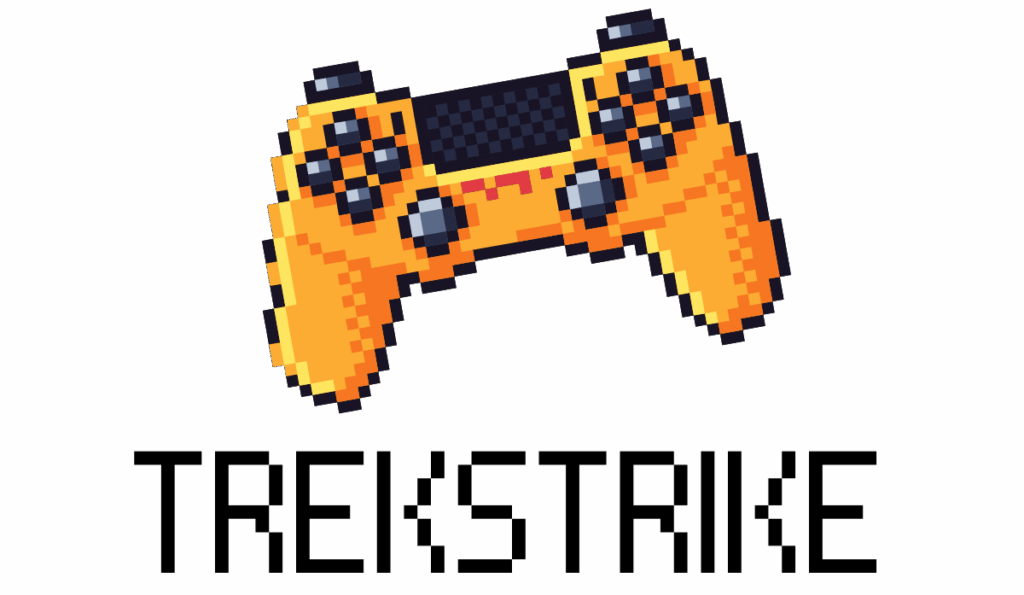In the fast-paced world of Valorant, the competitive map pool is like a buffet at a fancy restaurant—there’s something for everyone, but choosing the right dish can make or break your game. Whether you’re a sneaky Sage or a flashy Jett, understanding the nuances of each map is crucial for outsmarting opponents and securing that sweet victory.
Table of Contents
ToggleOverview of Valorant Competitive Map Pool
Valorant’s competitive map pool consists of seven distinct maps, each with unique characteristics and strategic opportunities. Boundless interactions between players, agents, and environments define the gameplay experience.
Ascent features a large central area that encourages aggressive engagements and flanking strategies. Icebox introduces verticality and a complex design, allowing players to utilize height advantages for tactical plays.
Breeze stands out with its expansive layout, fostering long-range encounters, while Split offers tight corridors that reward effective utility usage and teamwork.
Haven distinguishes itself by having three bomb sites, creating diverse attacking and defending strategies. Fracture provides an unconventional layout that splits the map into two distinct sides.
Lotus integrates rotating platforms and water mechanics that complicate sightlines and movement. Each map demands specific agent compositions and strategies, enhancing the depth of competitive play.
Various resources help players master each map. Study guides, video tutorials, and community forums provide valuable insights. As players familiarize themselves with the nuances of every map, they improve their teamwork and individual performance.
Understanding map layouts, choke points, and common tactics offers players the upper hand. Strategic awareness significantly influences game outcomes, ensuring success in competitive matches. The careful selection and mastery of maps can lead to triumphant victories, reinforcing the importance of this aspect in Valorant.
Key Maps in the Current Pool
Understanding the key maps in Valorant’s competitive pool is vital for improving gameplay. Each map features distinctive layouts and strategic opportunities.
Bind
Bind stands out due to its teleporters, which provide players with quick repositioning options. Two sites force teams to balance offensive and defensive maneuvers effectively. Choke points like A Short and B Long encourage aggressive plays, while the rotating teleporters create unpredictable engagements. Successful players utilize utility to control sightlines and manage cross-map rotations.
Haven
Haven’s unique three-bomb site structure fosters diverse strategic setups. Teams can execute various attacks, leveraging the added site to create confusion for defenders. Mid control becomes crucial, allowing teams to dominate rotations and information flow. Various elevation points, such as on-site platforms, enhance tactical options, offering angles for both offense and defense.
Split
Split emphasizes verticality and tight corridors, offering unique challenges for both attackers and defenders. Teams benefit from controlling mid, which provides access to both bomb sites. Sightlines can be challenging due to the high ground, forcing players to adapt their utility usage. Cover from walls and structures demands an understanding of angles for successful engagements.
Ascent
Ascent is known for its open spaces and central control importance. The mid area allows players to rotate quickly, creating numerous tactical possibilities. Powerful sightlines facilitate long-range engagements. Teams that successfully control mid often dictate the pace of the match, opening up options to attack either bomb site effectively.
Breeze
Breeze provides expansive areas, ideal for teams that excel in long-range combat. The wide spaces encourage players to utilize snipers and create a blend of tactical plays. A significant focus on mid-control enables rapid rotations across the map. Complex sightlines, coupled with open environments, compel players to use coordination and utility strategically to dominate opponents.
Changes to the Map Pool
Valorant’s competitive map pool experiences regular shifts that directly impact gameplay strategy. These updates reflect the evolving dynamics of the game and players’ needs for fresh challenges.
Recent Additions
Lotus and Pearl stand out as the latest maps to enter the competitive scene. Lotus features rotating platforms and intricate water mechanics that alter sightlines, introducing unique tactical options. Pearl involves vertical layers and long sightlines, inviting creative approaches to team dynamics. Players work to adapt their strategies around these new elements. Engaging with community feedback plays a crucial role in shaping optimal strategies for these maps.
Maps Removed from Competition
The competitive landscape also involves removing maps to maintain balance and freshness. Recently, Bind and Breeze were retired from the pool, shifting focus to enhance gameplay variety. Bind’s teleporters, while unique, occasionally led to predictable rotations, causing strategic stagnation. Breeze’s long-range combat scenarios often left little room for intense close-quarters engagements. These changes allow players to concentrate on mastering the remaining maps and exploring the refreshed competitive environment.
Strategies for Each Map
Understanding strategies for each map enhances performance in Valorant’s competitive environment. Each map presents unique challenges and opportunities.
Offensive Strategies
Players must adapt their offensive strategies based on the map layout. In Ascent, controlling mid facilitates quick access to either bomb site. Icebox requires players to utilize verticality, positioning agents like Jett to capitalize on height advantages. Breeze encourages long-range engagements; utilizing sniper rifles can secure essential picks. On Split, effective coordination for B site takes advantage of utility to smoke off key angles. Haven’s three sites allow for split pushes, making it vital to communicate and coordinate with teammates. Fracture’s unconventional design enables flanking options; attackers should exploit confusion among defenders. Lotus demands intelligent positioning around rotating platforms to control sightlines and area.
Defensive Strategies
Defensive strategies must focus on map-specific tactics. On Ascent, maintaining control over central areas disrupts offensive moves. Icebox’s verticality benefits defenders, allowing for unconventional angles when holding bomb sites. In Breeze, defenders should aim to maintain distance, using utility to slow attackers. Split’s tight corridors require effective communication and utility usage to manage pushes. Haven allows defenders to cover multiple sites; rotating quickly can often catch attackers off guard. Fracture brings a unique challenge through its dual-sided layout, so effective team coordination is key for defense. Finally, players on Lotus can utilize water mechanics to create tactical advantages during engagements.
Community Feedback on the Map Pool
Community feedback plays a vital role in shaping the competitive map pool in Valorant. Players consistently voice their experiences and preferences regarding different maps, which influences game development and strategies. Discussions on forums reveal insights about maps like Ascent and Icebox, where players often highlight their strengths and weaknesses.
Players appreciate Ascent for its open spaces, emphasizing the importance of central control. Discussions about Icebox frequently center on its verticality, with many noting how it changes tactical plays. The blend of player experiences helps developers identify balance issues, which leads to iterative improvements in map design.
Feedback also extends to newer additions, such as Lotus and Pearl. These maps introduce unique mechanics, prompting players to explore diverse strategies. The community actively shares tips and tricks, showcasing how these maps can be effectively navigated.
Critiques often surface regarding older maps, including Bind and Breeze. Many players express a desire for the return of such maps, citing fond memories of their unique dynamics. The removal of these maps sparked passionate discussions about balance and gameplay variety.
Community sentiment remains dynamic, reflecting frequent updates and patches. Players adapt to the new strategies introduced with each map change, occasionally suggesting alterations that make maps more competitive. Engaging with this feedback supports ongoing improvements, ultimately enhancing the overall gaming experience.
Feedback gathered from players helps cultivate a more intricate understanding of the competitive landscape. Such insights contribute to evolving meta strategies, leading to refined gameplay approaches. Active communication within the community fosters a shared vision for the competitive map pool, driving Valorant forward.
Conclusion
Mastering the competitive map pool in Valorant is crucial for any player aiming for success. Each map offers unique challenges and opportunities that require tailored strategies and teamwork. By understanding the distinct features of maps like Ascent, Icebox, and Haven, players can refine their gameplay and outmaneuver opponents.
Community engagement plays a vital role in adapting to changes in the map pool. Feedback helps shape strategies and ensures players stay ahead of the curve. As the competitive landscape evolves with new maps like Lotus and Pearl, staying informed and adaptable will be key to maintaining a competitive edge. Embracing these dynamics not only enhances individual performance but also strengthens team cohesion in the quest for victory.




